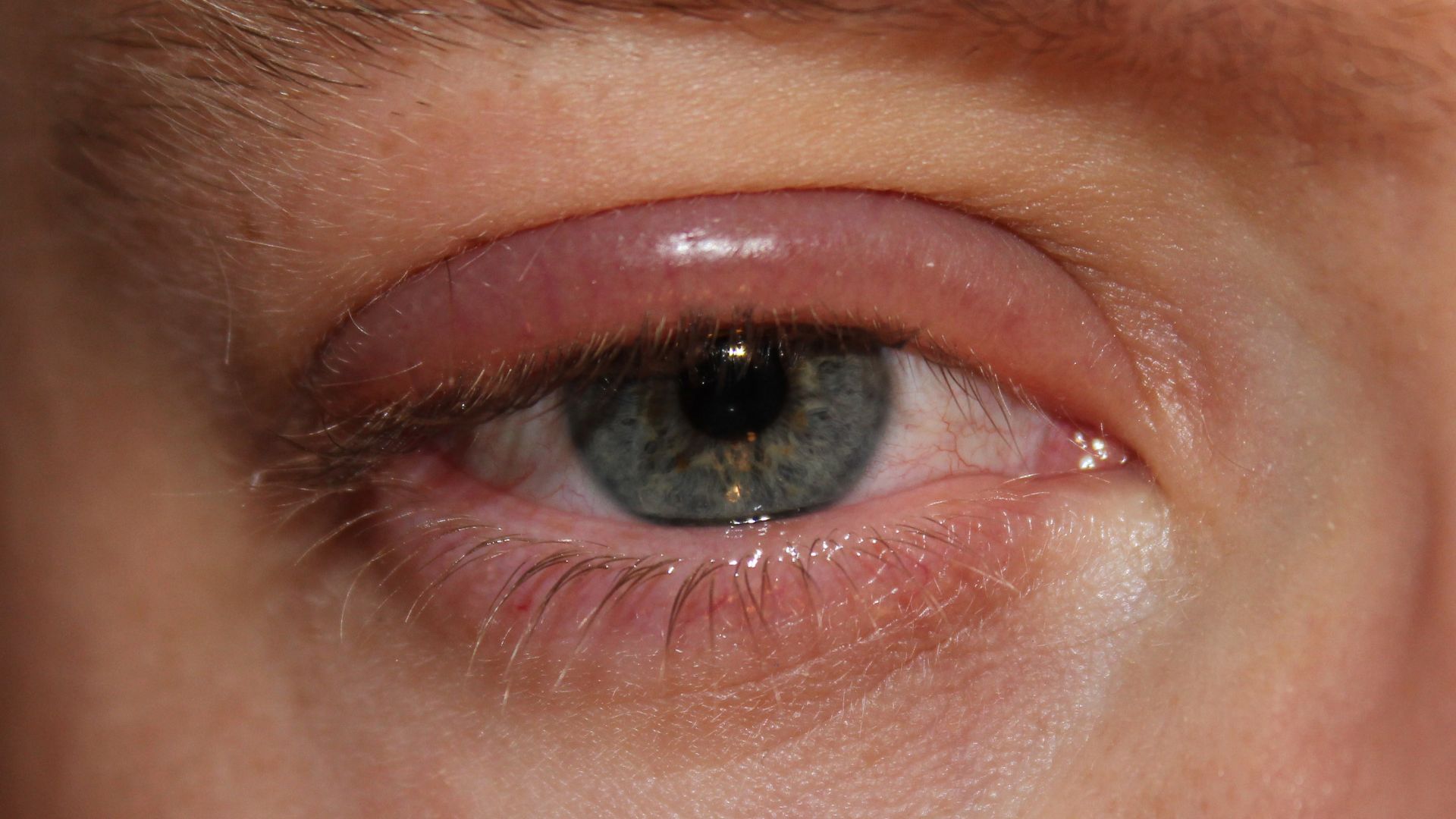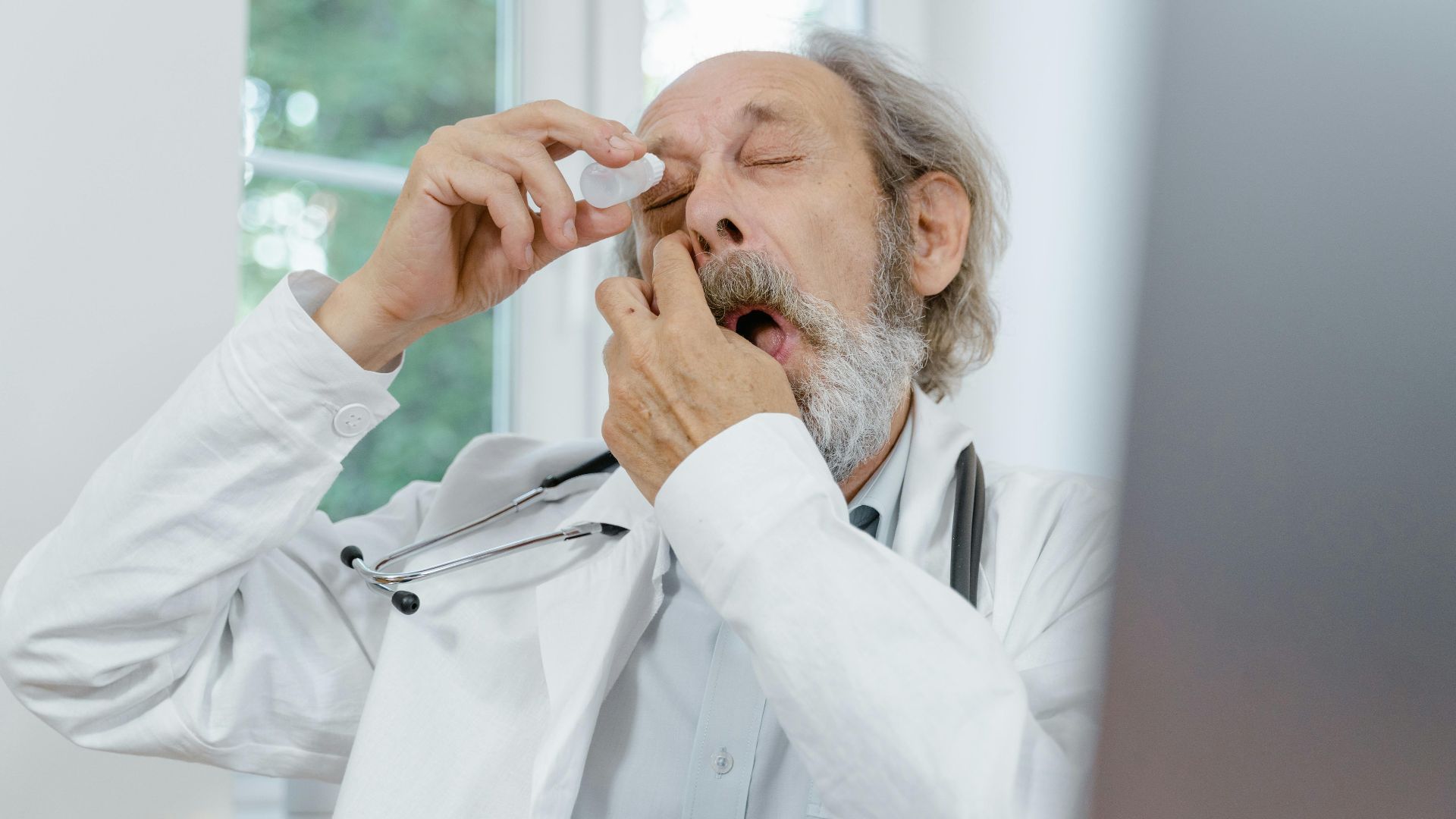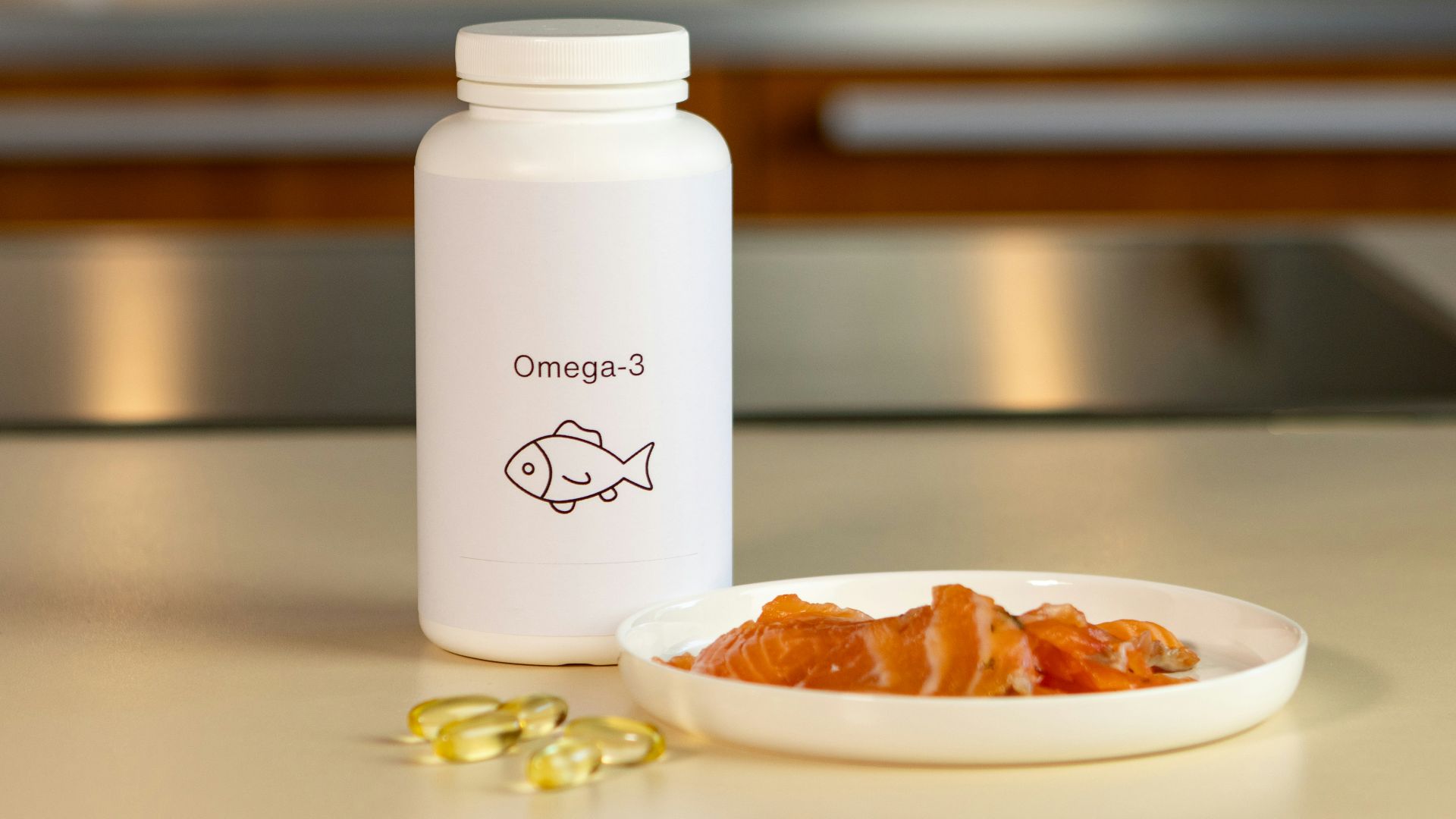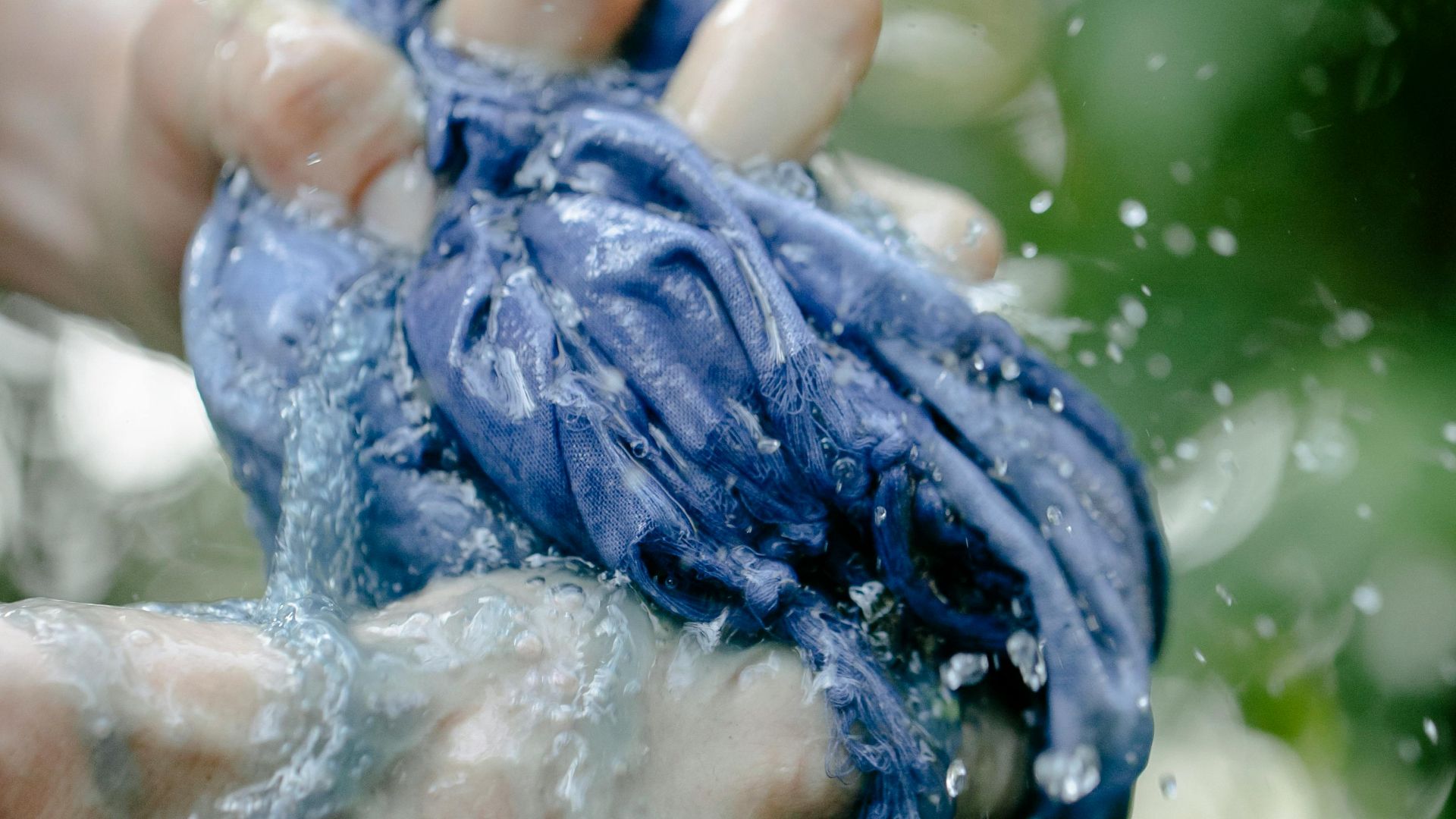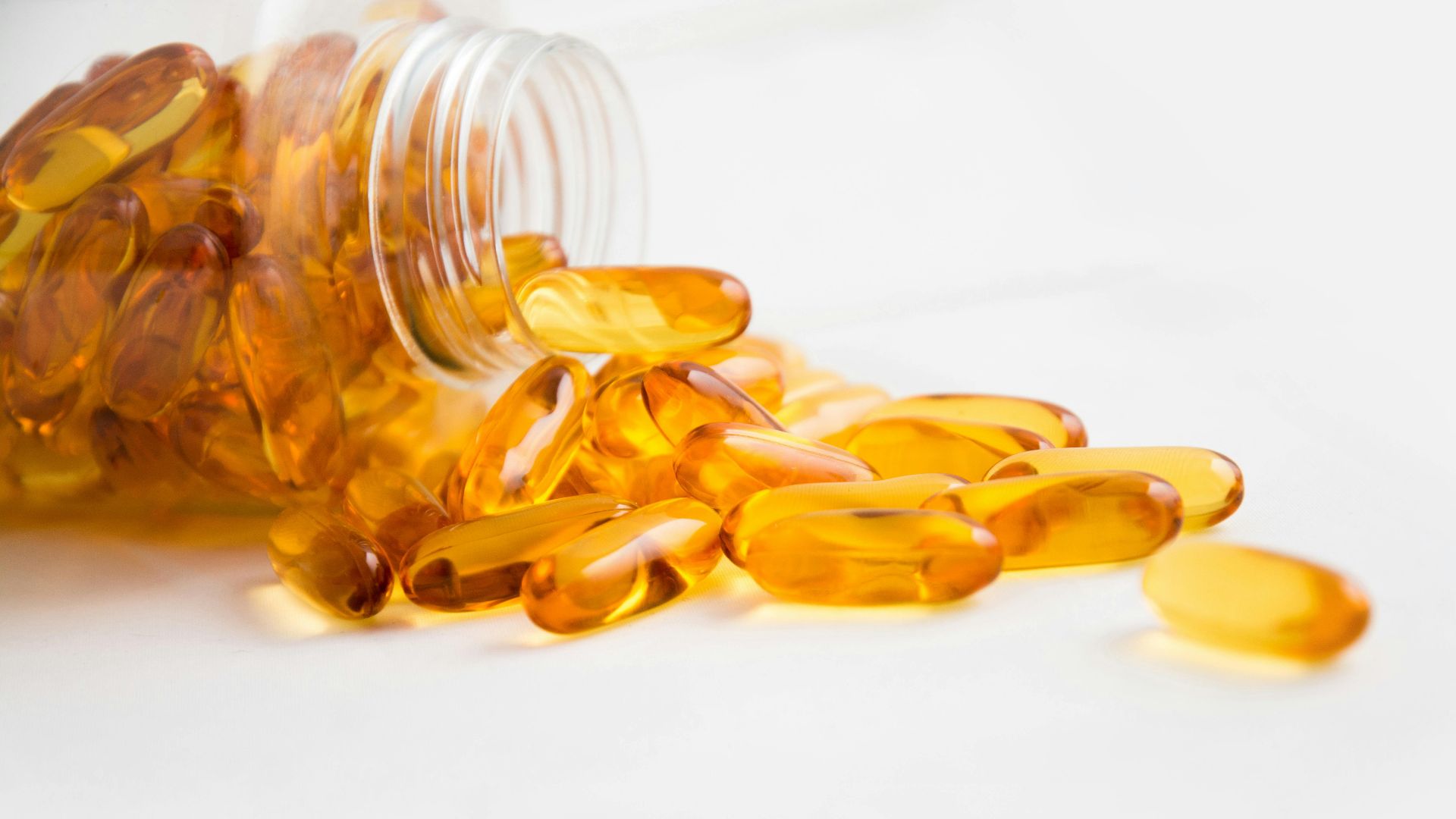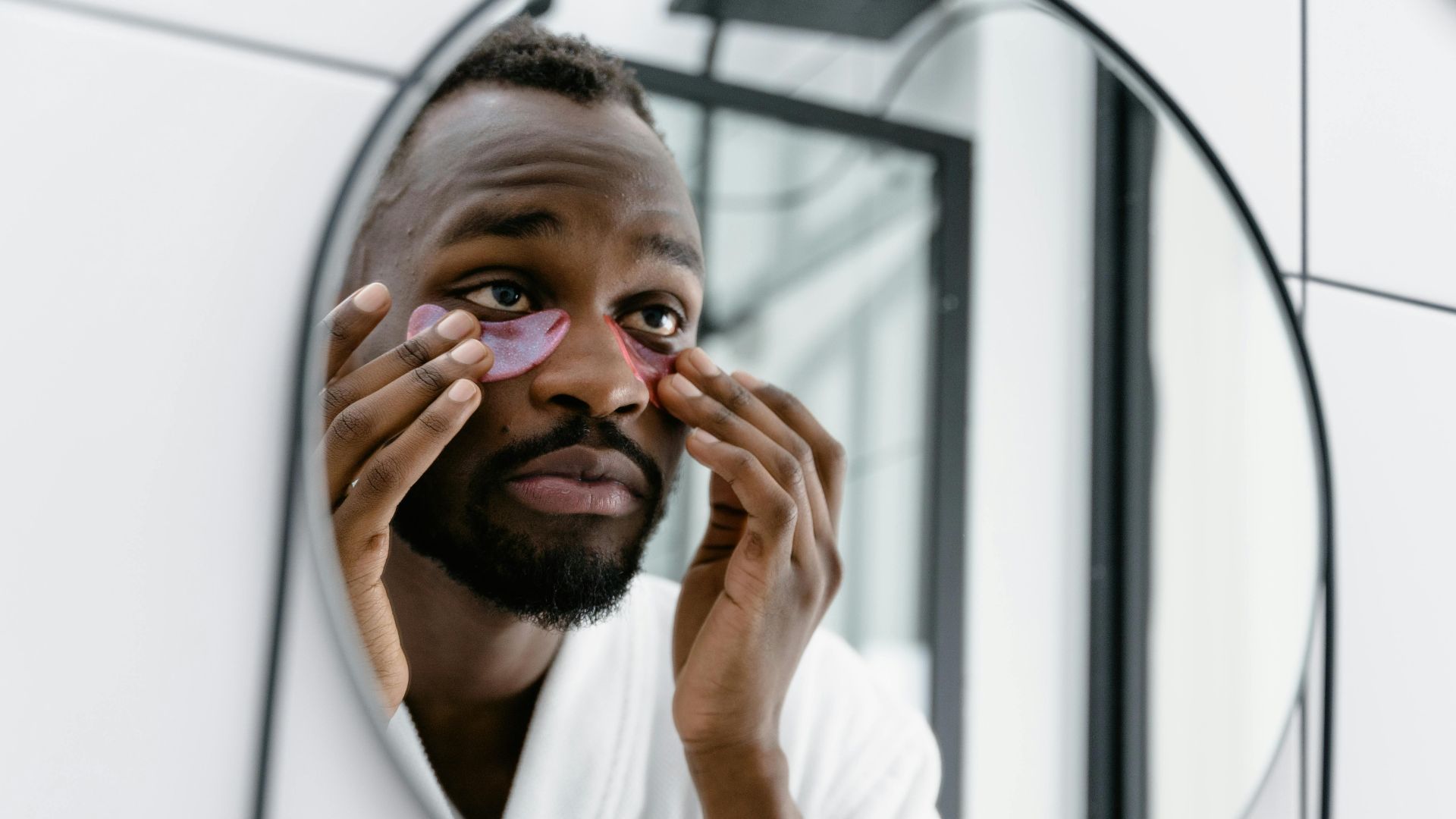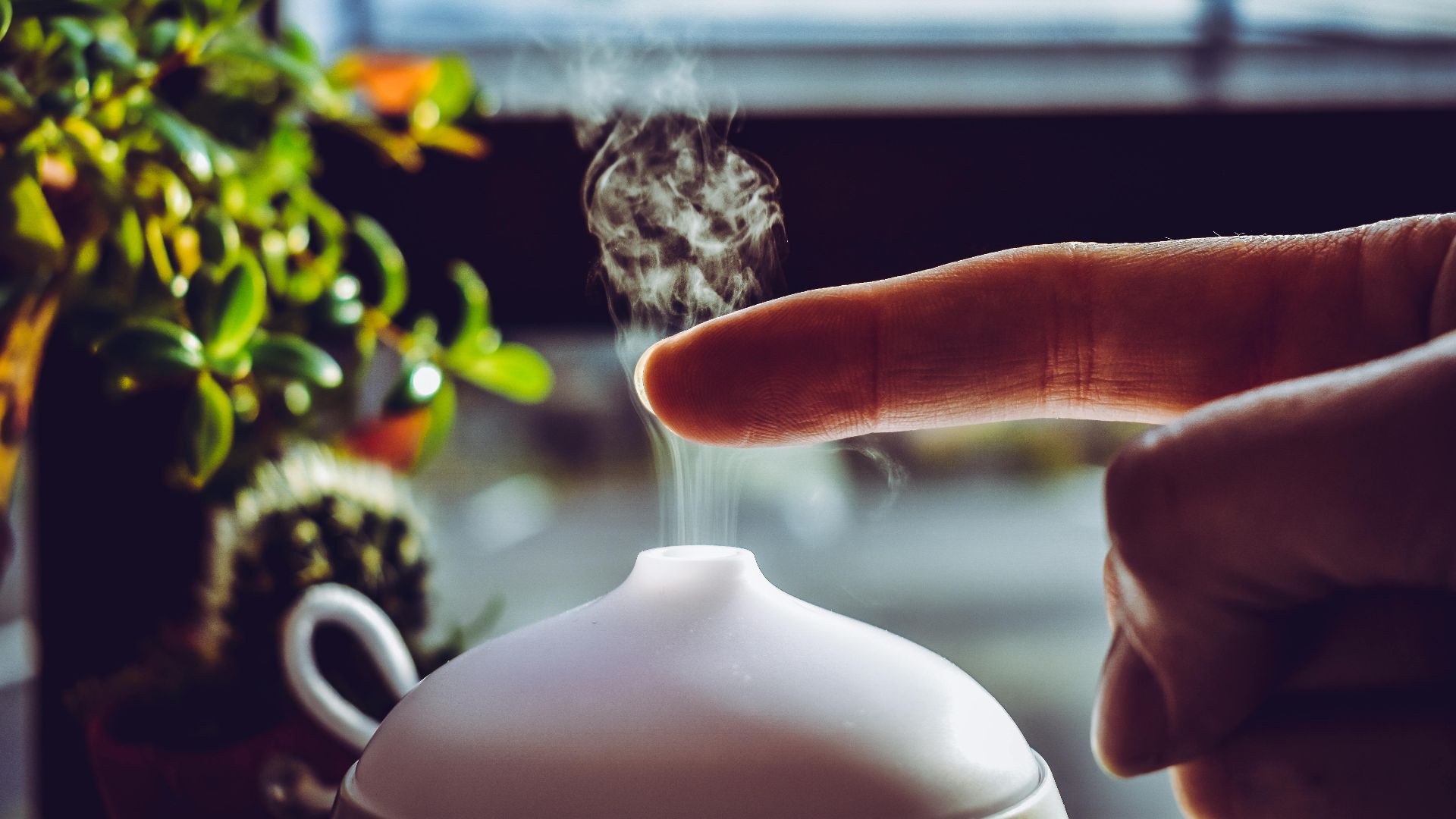What to Do When Your Eyes Feel Like the Sahara
Dry eyes often get dismissed as a minor nuisance, but that gritty, scratchy feeling—like someone sprinkled sand in your eyes—can be quite debilitating. Dry eyes have become weirdly common, affecting somewhere around 16 million Americans officially, though the real number is likely higher. We blink less when staring at screens, we live in climate-controlled boxes that strip moisture from the air, and half the medications we take list “dry eyes” somewhere in that tiny print. Dry eyes aren’t just annoying; they’re your body indicating that something’s off, whether that’s environmental, medical, or just the inevitable march of age. Here are 10 sneaky causes for this increasingly common ailment, and 10 simple fixes to get relief.
1. Car Vents Blasting Directly at Your Face
Moving air means less moisture, and those AC or heating vents pointing right at your face are creating a mini wind tunnel that evaporates your tear film faster than you can replenish it. The same goes for ceiling fans positioned directly over your bed or desk fans aimed at your workspace.
2. Incomplete Blinking While Using Devices
When we stare at screens, our blink rate drops from about 15–20 times per minute to maybe 5–7. Worse, our blinks become incomplete and fail to fully resurface the eye with a fresh tear coat. Phones are particularly bad because we hold them at angles that require wider eye opening, leaving a greater surface exposed that dries out faster.
3. Low-Humidity Indoor Environments
Central heating and air conditioning strip humidity from the air. Optimal humidity for eye comfort sits around 40–50%, but most climate-controlled buildings hover around 20–30%. Winter is especially brutal because cold outdoor air holds less moisture, and then we heat it, making it even drier.
4. Your Contact Lens Routine
Even if you’re diligent about lens hygiene, contacts are essentially sponges sitting on your eyes, absorbing tears to stay hydrated. Daily disposables cause fewer problems, but if you’re pushing past the recommended wearing time—say, 10 hours when the package says 8—you’re essentially wringing your tear film dry.
5. Medications Nobody Warned You About
Antihistamines top the list because they dry out everything, not just your sinuses. Antidepressants, particularly older SSRIs, often cause dry eyes. Blood pressure medications, birth control pills, decongestants, acne treatments—the list goes on.
6. Eyelid Inflammation You Don't Know You Have
Blepharitis means your eyelid margins are inflamed, often because the tiny oil glands along your lash line are clogged or infected. You might notice crusty buildup in the mornings or slightly red eyelid edges. Those oil glands produce the lipid layer of your tear film, and when they’re not working right, your tears evaporate too quickly.
7. Incomplete Eyelid Closure During Sleep
Some people have a condition called nocturnal lagophthalmos and sleep with their eyes slightly open without realizing it. Many wake up with crusty, irritated eyes and assume it’s just morning grogginess, but it could be that your eyes are drying out overnight.
8. Preservatives in Eye Drops
Ironically, the drops meant to help can make things worse if used too frequently. Benzalkonium chloride, the common preservative, can damage the ocular surface with repeated exposure. Opt for preservative-free artificial tears to be on the safe side.
9. Vitamin A or Omega-3 Deficiency
Vitamin A is crucial for mucin production in tears, and omega-3 fatty acids support the oil layer. Most of us get enough vitamin A unless we’re eating a genuinely terrible diet, but omega-3 deficiency is surprisingly common.
10. Hormonal Changes
Pregnancy, menopause, and hormonal birth control can all mess with tear production. Estrogen and progesterone fluctuations affect the meibomian glands that produce tear film oils. This is why dry eye complaints spike around menopause.
And now that you’ve identified the problem, here are 10 simple strategies to help.
1. Preservative-Free Artificial Tears
Single-use vials cost more but eliminate preservative exposure. Use them as often as needed. The ones in gel form last longer but might blur vision temporarily.
2. The 20-20-20 Rule
Every 20 minutes, look at something 20 feet away for 20 seconds. This forces complete blinks and gives your eyes a break from near-focus strain. Setting a timer helps until it becomes habit.
3. Warm Compresses
Heat liquefies the oils in your meibomian glands, allowing them to flow properly. Use a clean washcloth soaked in warm water, wring it out, and hold it over closed eyes for 5–10 minutes. Microwaveable eye masks designed for this work too.
4. Repositioning Airflow
Angle vents away from your face in cars and rooms, or move your desk out of direct fan range. Sleep with a humidifier near your bed, especially in winter. Small changes in airflow patterns make surprisingly big differences.
5. Omega-3 Supplements or Fish
Eat fatty fish like salmon, mackerel, or sardines twice weekly, or take a quality omega-3 supplement with at least 1,000 mg of EPA and DHA combined. Studies show improvement after about 12 weeks of consistent intake. Flaxseed works too, but less efficiently.
6. Eyelid Hygiene Scrubs
By using specialized eyelid cleansers with tea tree oil, you remove debris and bacteria that clog oil glands. Do this nightly if you have blepharitis symptoms. Hypochlorous acid sprays work well too and require less scrubbing.
7. Blue Light Glasses
The jury is still out on whether blue light itself causes problems, but these will help reduce eyestrain from screens. Blue light interferes with melatonin production, and at the very least, these glasses will help you get a better night’s sleep.
 Nubelson Fernandes on Unsplash
Nubelson Fernandes on Unsplash
8. Humidifier at Your Workspace
A humidifier brings ambient humidity up to comfortable levels without overhauling your entire HVAC system. Aim for 40–50% humidity. Clean it regularly or you’re just aerosolizing bacteria and mold into your face.
9. Manuka Honey
Specialized manuka honey formulations like Optimel gel and drops harness honey’s natural antimicrobial and anti-inflammatory properties for dry eye relief. Unlike regular honey from your pantry, these are sterilized, pH-balanced, and formulated to medical standards for safe ocular application.
10. Taking “Drop Vacations” From Contacts
Give your eyes a break. Wear glasses at least one full day per week—more if possible. Switch to daily disposables if you’re still using monthlies. Consider scleral lenses if dry eyes are severe; these vault over the cornea and maintain a fluid reservoir that keeps eyes hydrated all day.
KEEP ON READING

20 Natural Ways You Can Boost Your Immune System

20 Ways To De-stress & Relax After Work

The 10 Most Common Diseases & The 10 Most Rare









